The is the second in a series of posts about the Voigtlander 65 mm f/2 Apo-Lanthar macro lens. The series starts here.
I’ve received a request to test the new Voigtlander macro against another macro lens of similar focal length. The only candidate that I have lying around is the 60 mm f/2.8 AF Micro-Nikkor, which somehow manages to escape the last lens purge by hiding on the back of a shelf. This is not going to be a fair fight. The Micro-Nikkor was a perfectly respectable macro lens in its day, but that day was at least two decades ago.
I hadn’t done my distant foliage test for the Apo-Lanthar yet, so I threw the Nikon lens in when I made the exposures this morning, using the Sony a7RII.
Here’s the scene with both lenses wide open:
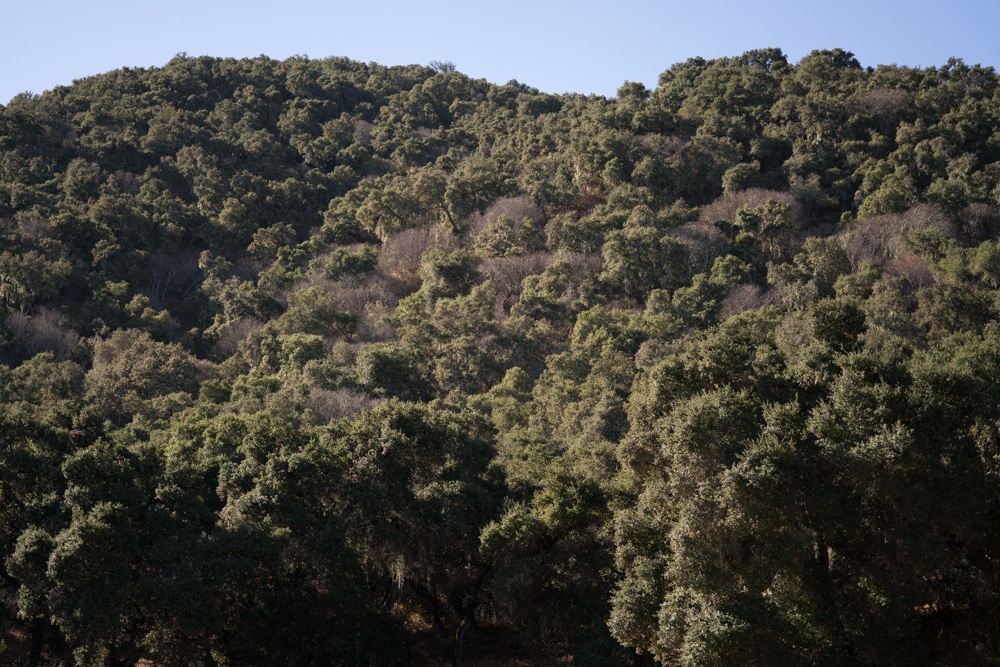

That’s interesting. The two lenses appear to have the same focal length.
The trees in the center of the image are 235 meters from the camera. A few particulars:
- ISO 100
- EFCS on
- 2-second self-timer
- RRS heavy-duty legs
- Arca Swiss P0 Hybrid head
- Manual focus on the central trees, wide open
- Wide open through f/11 in whole-stop increments
- Lightroom development
- Lr default settings except WB set to Daylight
- Three series of images for each lens; pick the sharpest one
The Apo-Lanther was hard to focus because the helicoid is so fast. The Nikkor was far worse. I can’t imagine using manual focus with the Nikkor if sharpness is critical. When I used this lens, I used it only at macro distance and set the focus ring to the reproduction ratio I wanted and moved the camera to focus.
I exported 306×237 pixel crops from the developed images as 700-pixel-high JPEGs. That means that the images are all heavily upsampled. The images here are 295% of their original size in both dimensions.
If you just want a rough idea of the differences, just look at the images as displayed in-line in the posts. However, if you wish to compare these images in detail, you should view these images by clicking on them to see the source files, then setting your browser for 100% zooming. Even better, download them and make Photoshop stacks.
No matter what you do, these crops are all going to look horrible. I’m blowing them up so much so that they will represent the original file after JPEG’s discrete cosine transform has had its way with them. If you want to get a good idea of what the images would look like printed, get far away from your monitor. No, farther than that. Put a bunch of the images up on the screen and back up until the best one starts to look good. Then look at the others. There’s another reason why these images won’t look like the best thing the camera/lens combination can deliver. They’re demosaiced with Lightroom. Lightroom is not awful, but for a particular image, there are usually better raw processors. I use Lr because it’s a de facto standard, because I know it well, and because it’s got good tools for dealing with groups of images.
At the focus point:
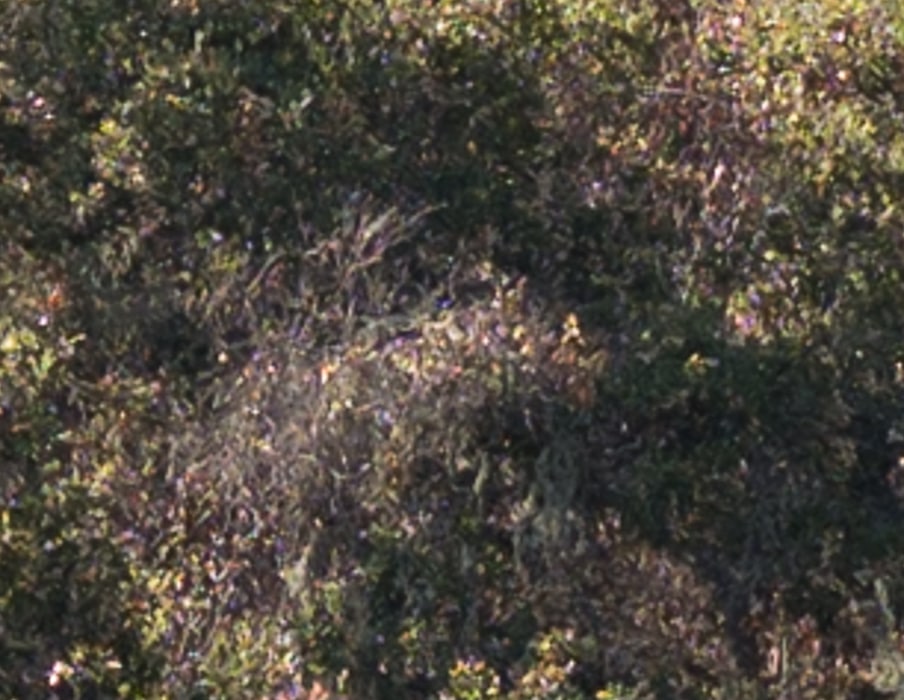
Even wide open, the Apo-Lanthar is very sharp. There are single-pixel features visible.
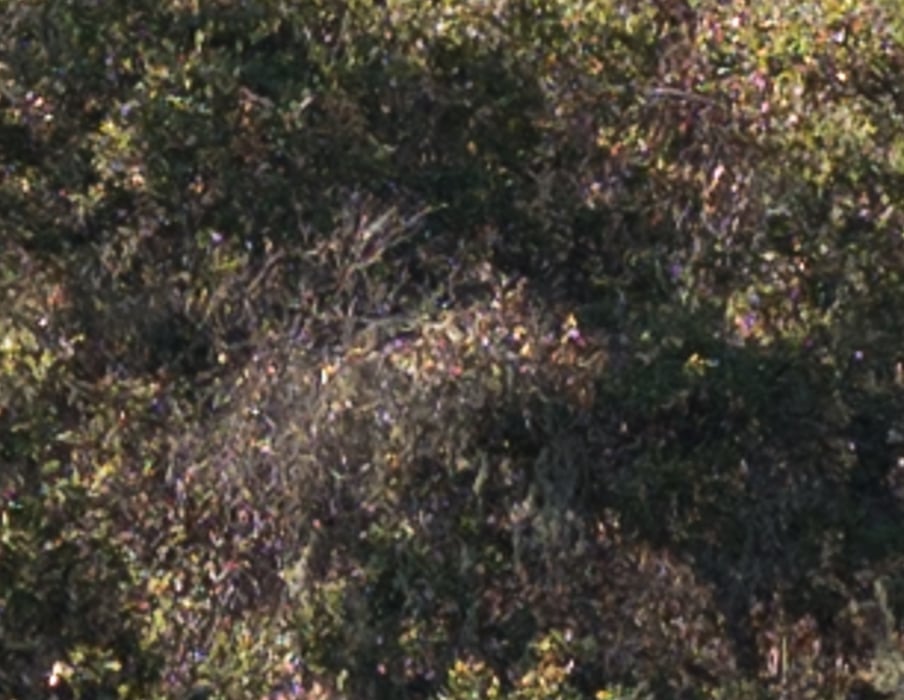
The lens is a little sharper at f/2.8
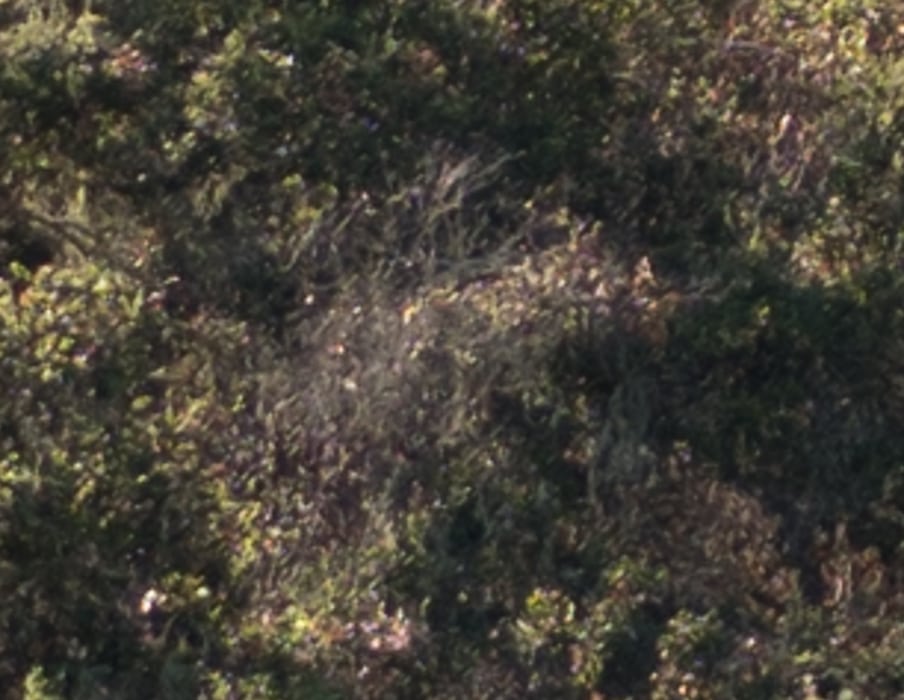
By contrast, the Micro-Nikkor is a bit soft wide open, but it is still quite sharp.
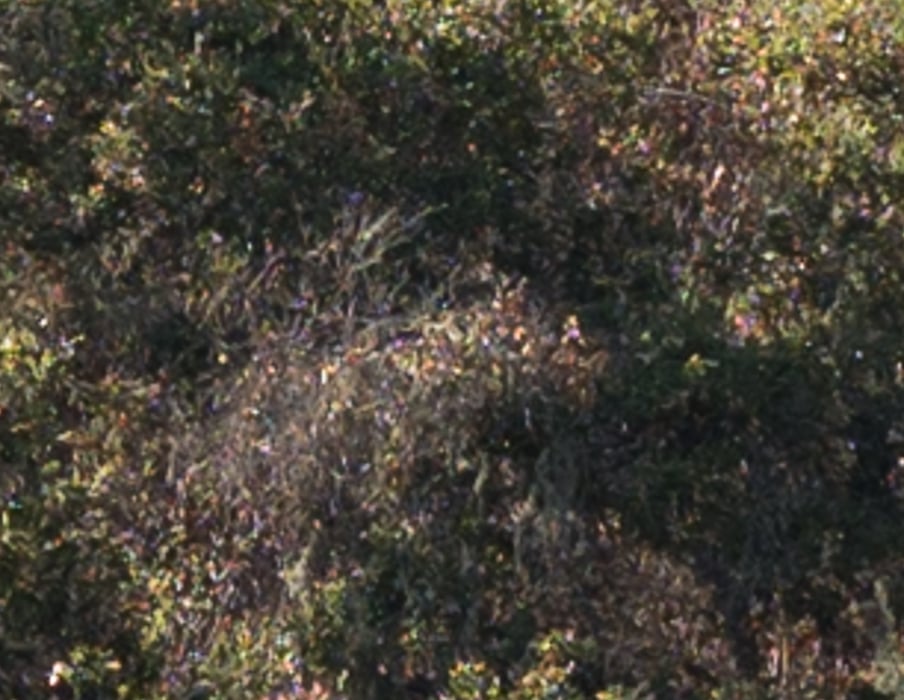
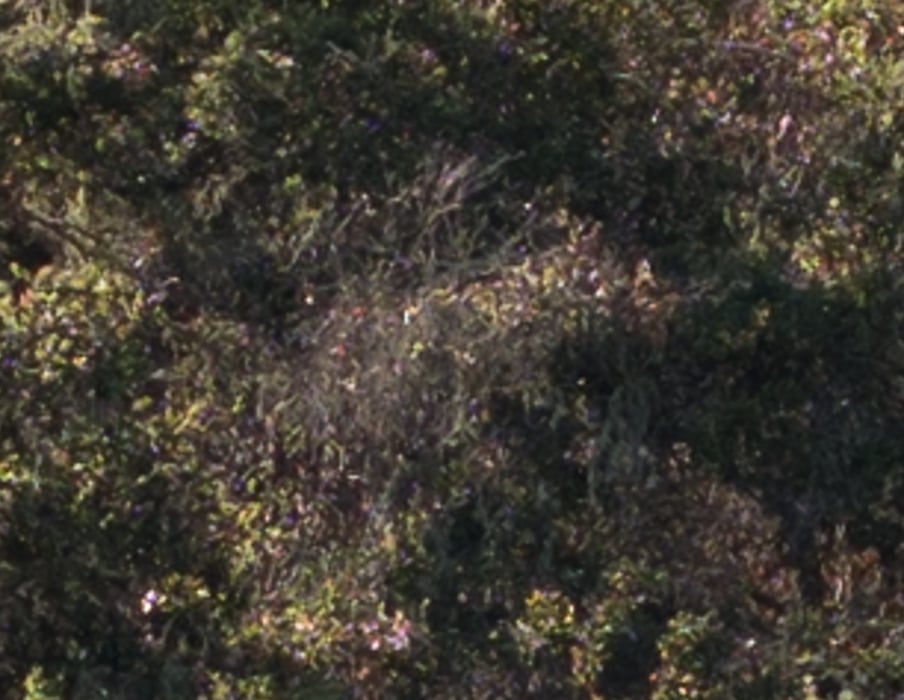
More contrast and crispness in the Voigtlander, but the Nikon lens isn’t far behind.
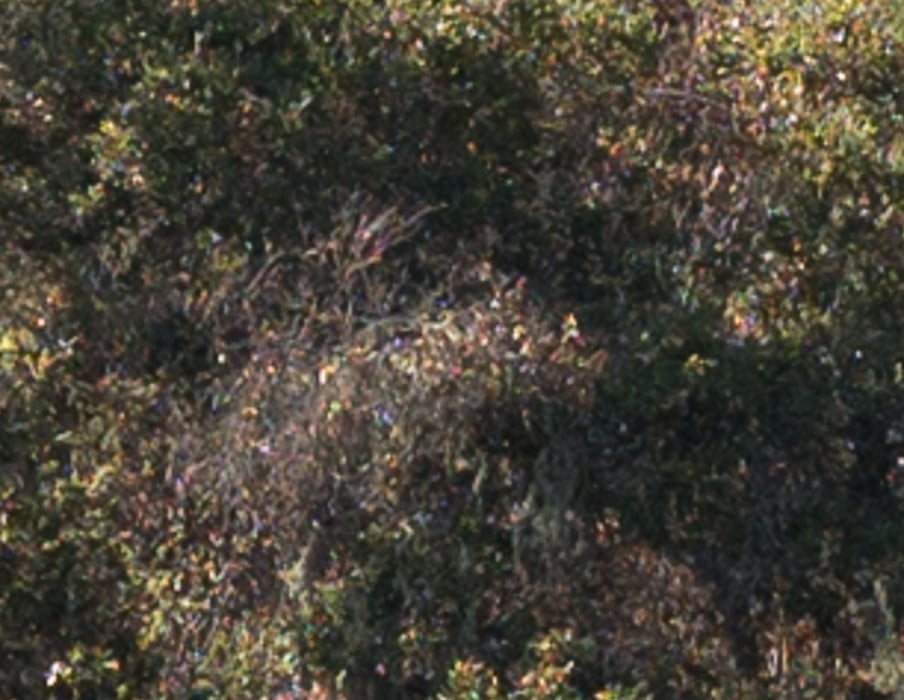
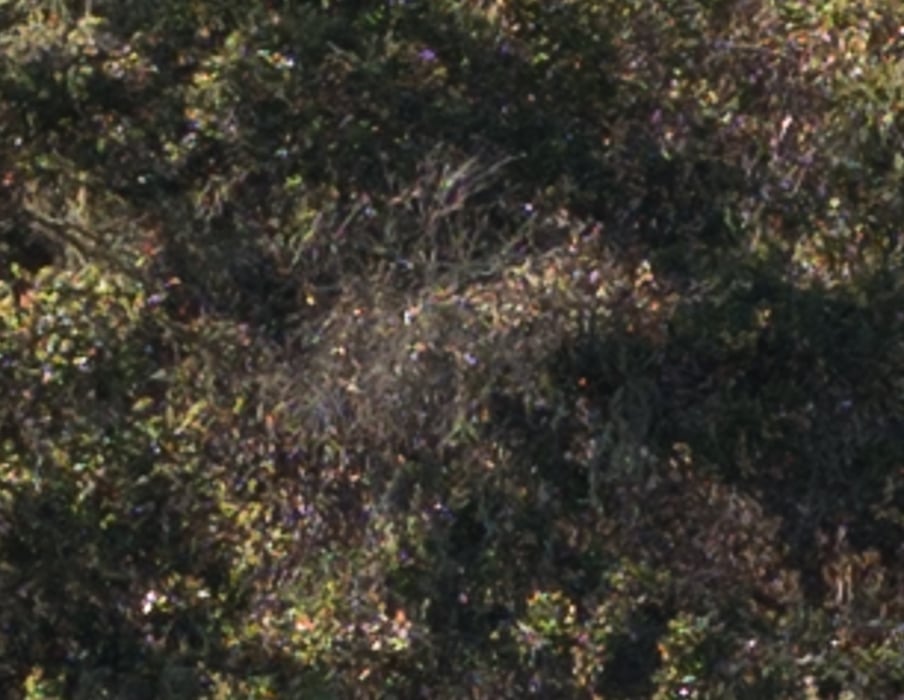
The Apo-Lanthar is still ahead.
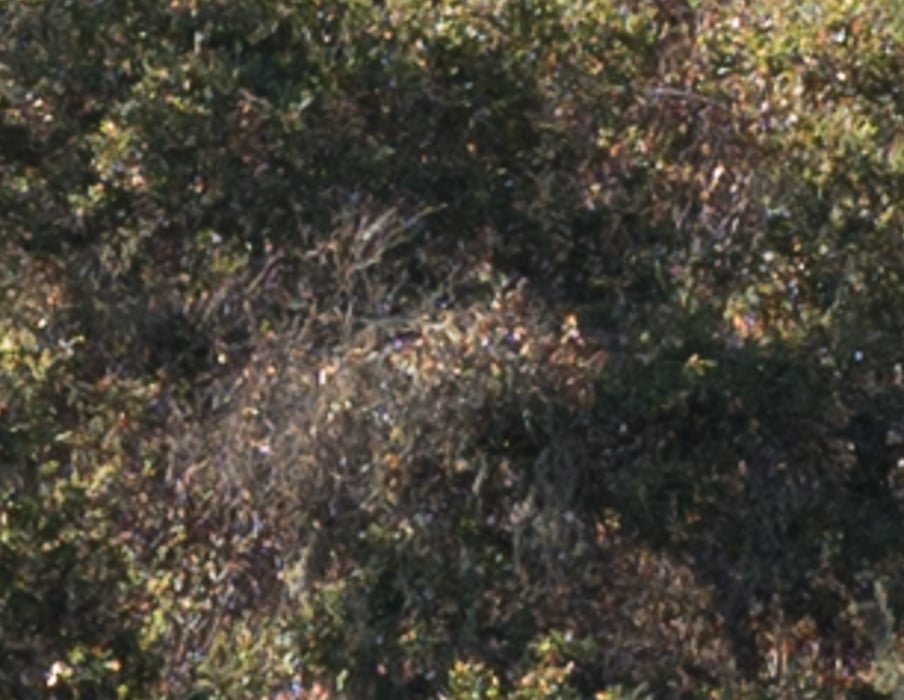
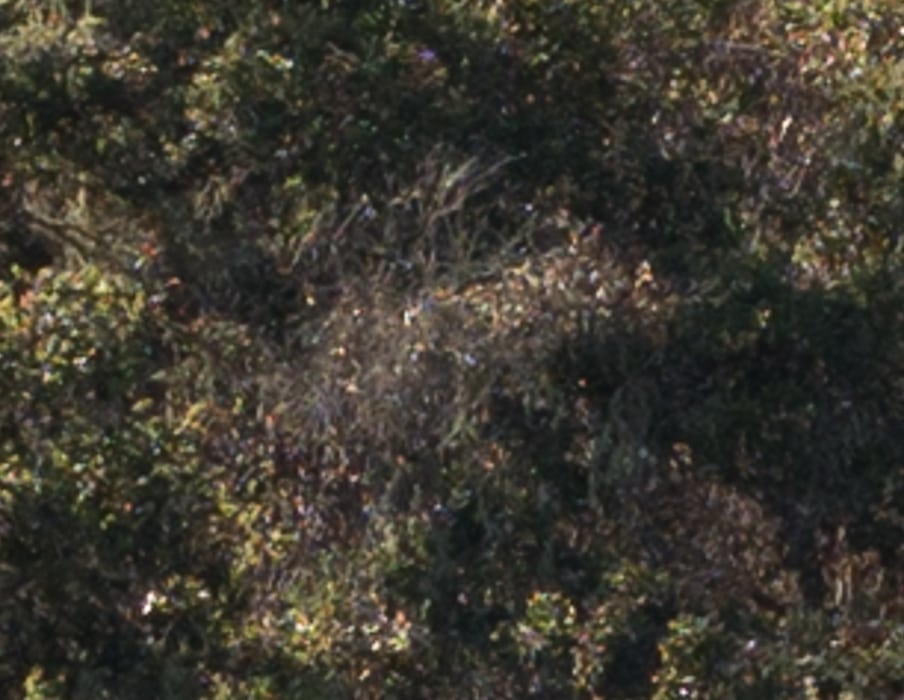
Not much difference here.

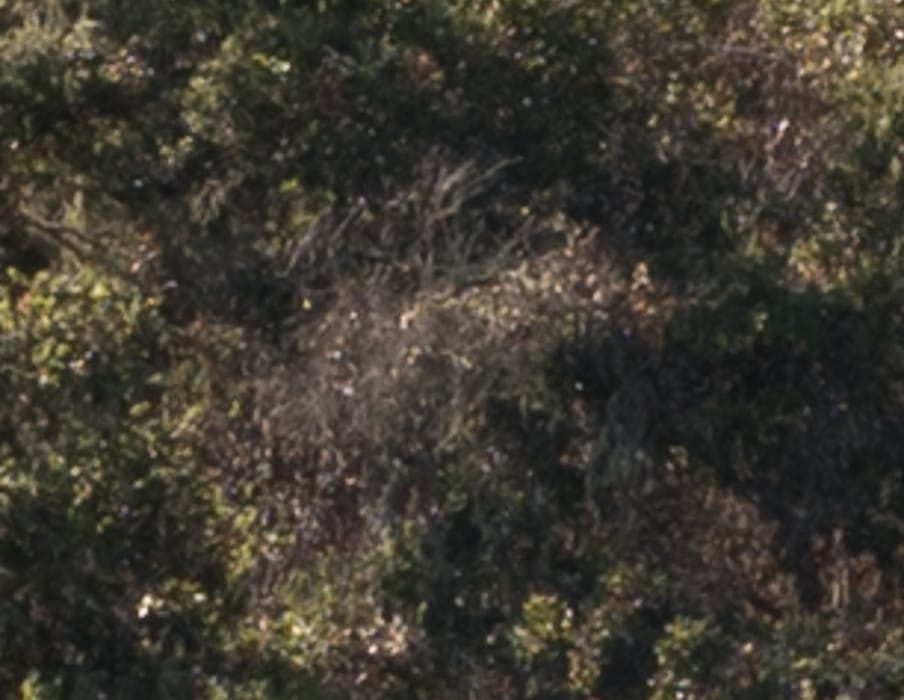
Both lenses are suffering quite a bit from diffraction.
In the upper-right corner:
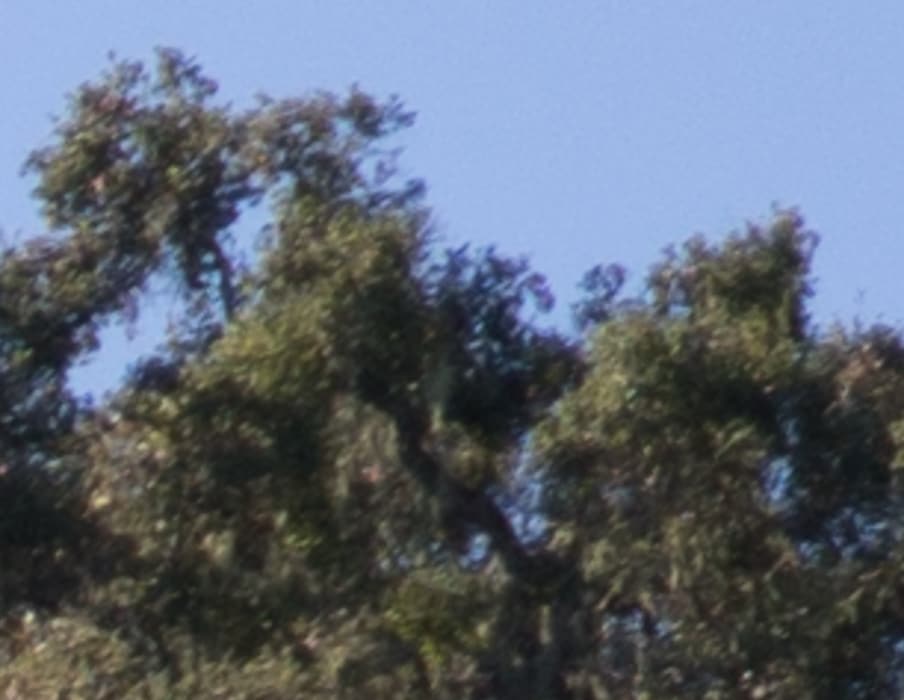
Not as sharp as the center, of course, but generally excellent for wide open. Some purple fringing on the right side of branches. That’s likely lateral chromatic aberration (LaCA), I think, but I would expect to see green fringing on the left sides in that case, so maybesome of it is longitudinal chromatic aberration (LoCA). It doesn’t really go away until f/11.
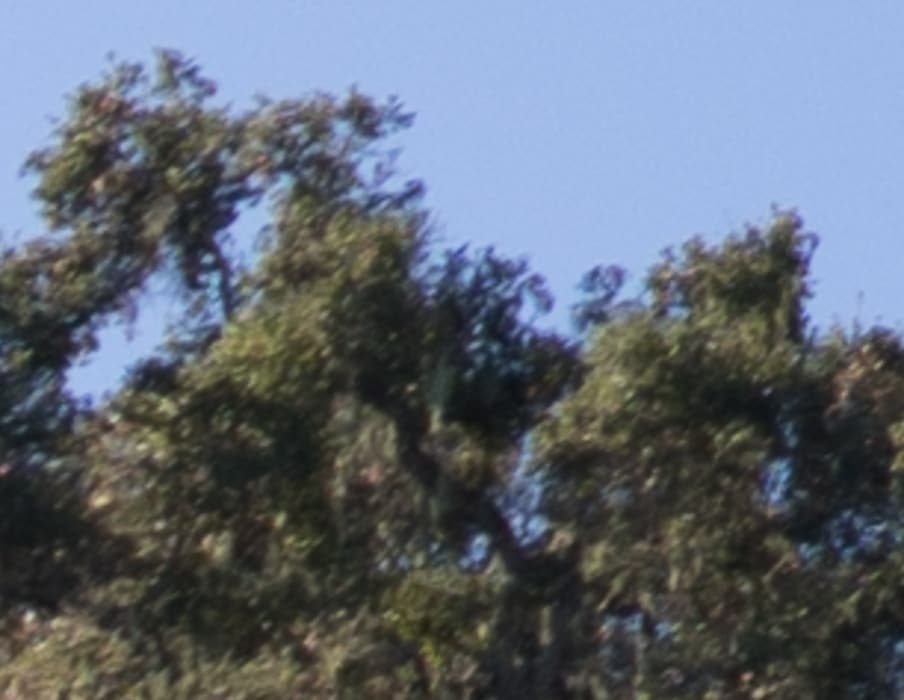
Crisping up.
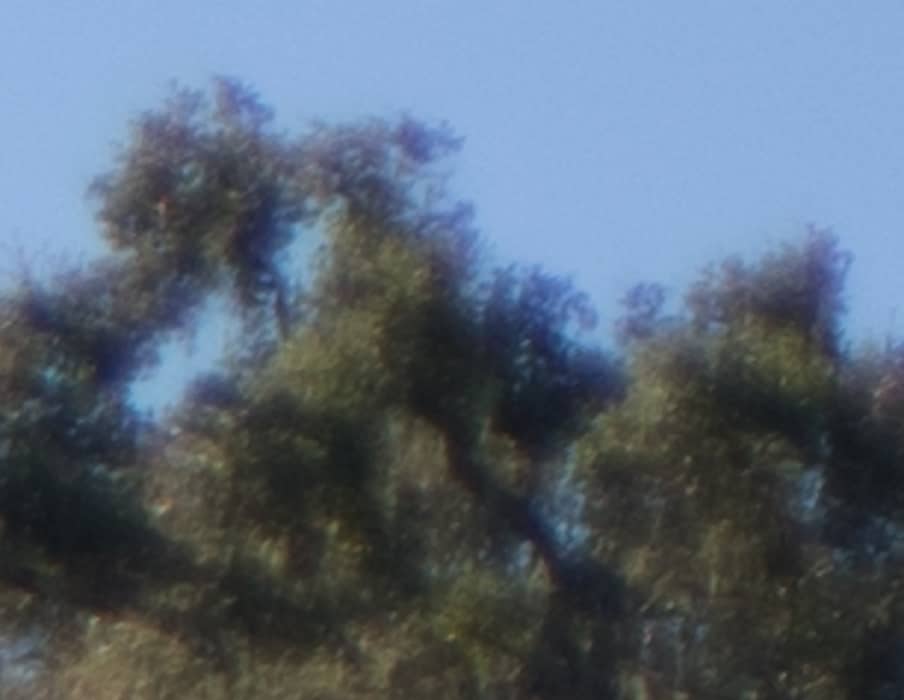
Ugh.

Continuing to improve.
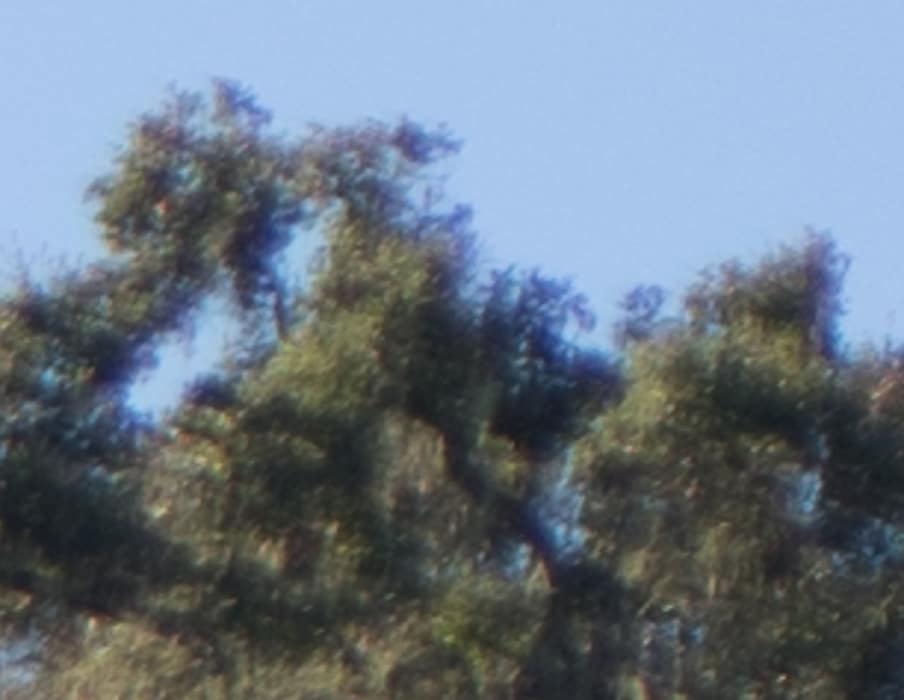
About the best you can say for it is that it’s better than wide open.
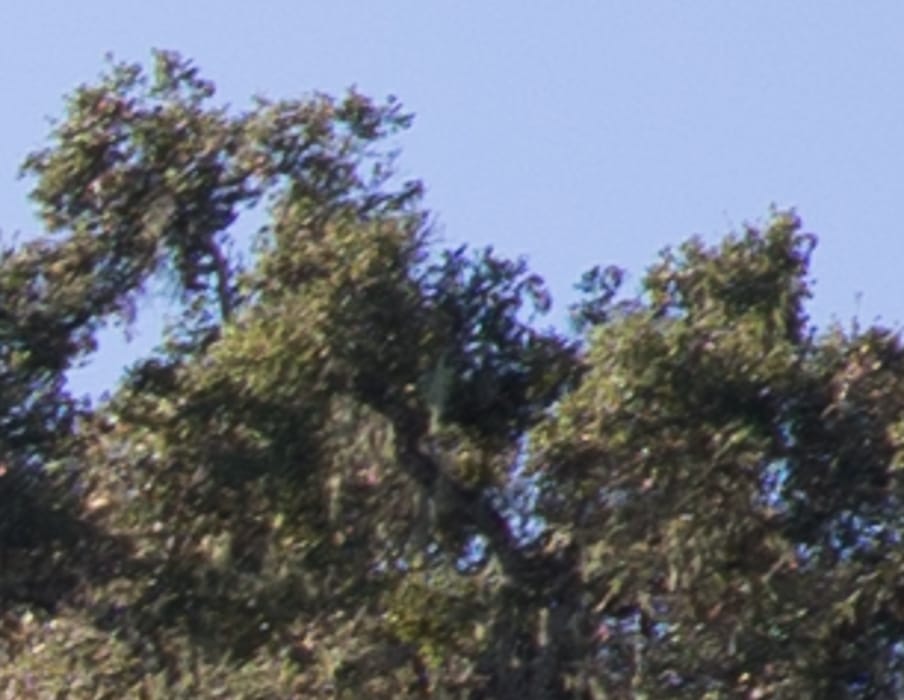
More contrast than at f/4. This looks great.
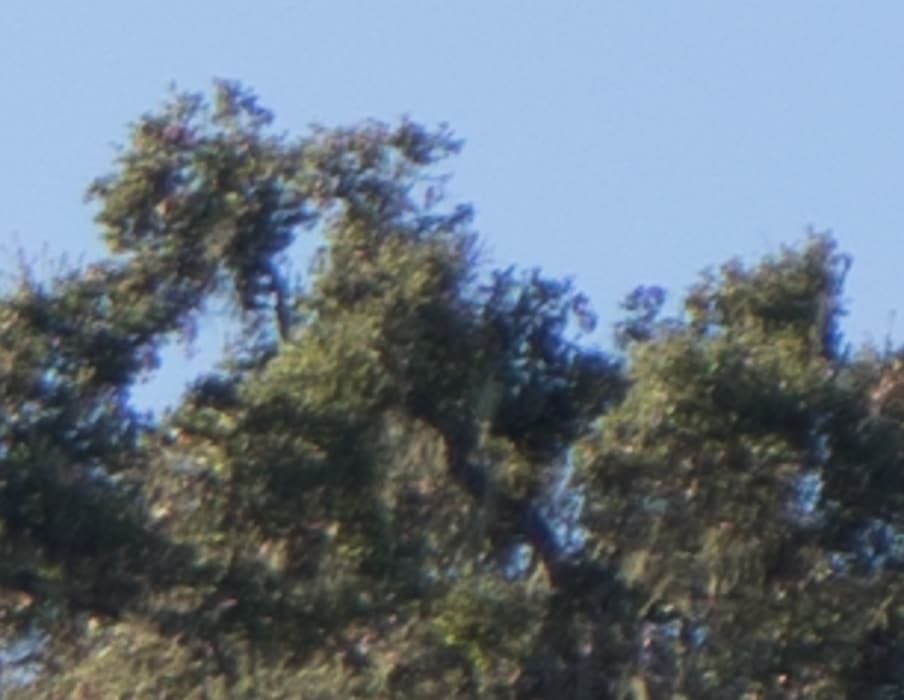
This is not bad in absolute terms, but it’s pretty awful if you compare it to the Apo-Lanthar.
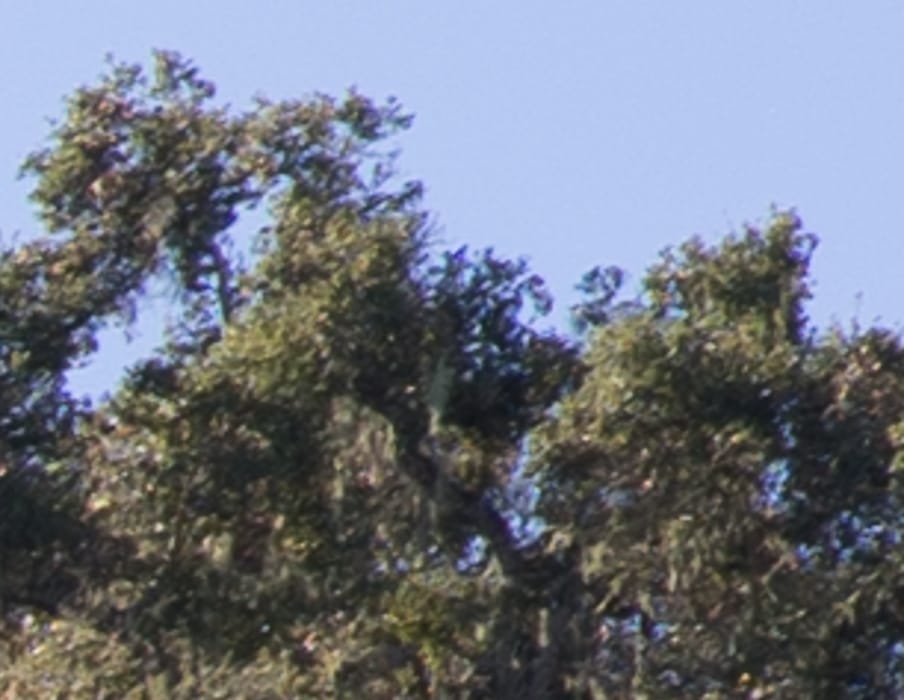
I’m going to say that the Apo-Lanthar’s best f-stop in the corners is f/5.6, but f/8 is just fine. You’re losing sharpess in the center at f/8 though, so on balance, f/5.6 is the best choice for landscapes.

Not bad at all.
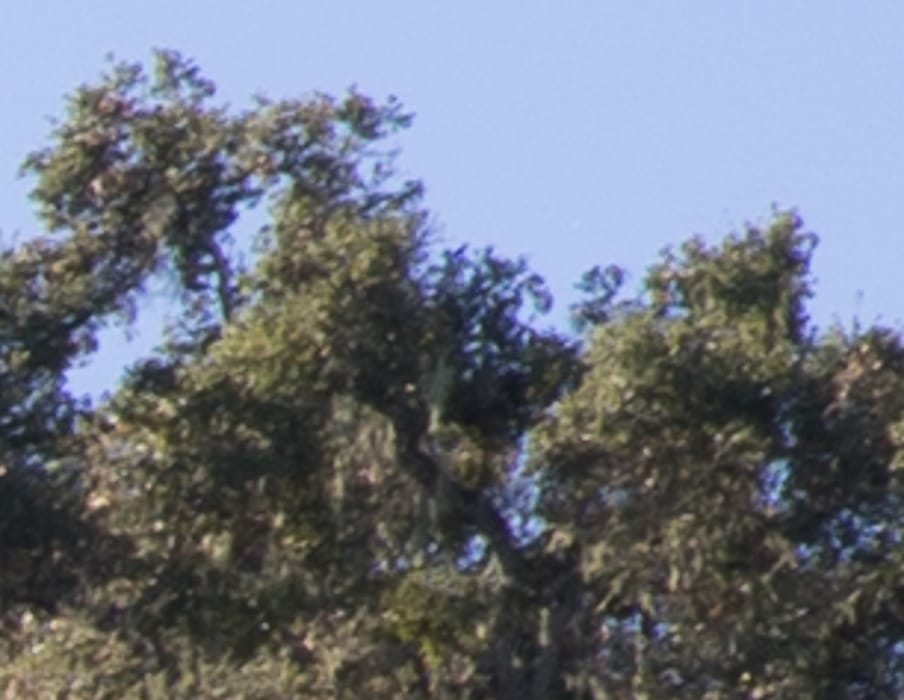
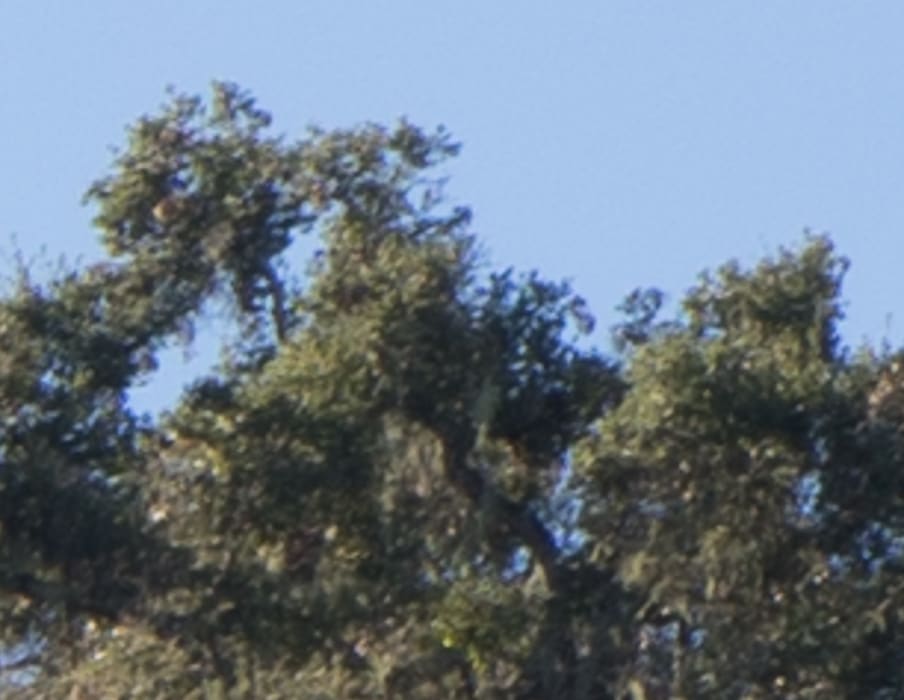
At f/11, the corners with the Apo-Lanthar are softer than optimal, but still pretty darned good. F/11 is the best aperture for the Nikon lens if the corners are what counts the most.
I’ll point out the obvious and mention that we are testing macro lenses at over 200 meters. Some macros like that; and some don’t.
Jim,
In comparison with the Voightlander, how well might one expect a Sony FE 1.8/55 to work with a Vello AF Extension Tube Set (for FE)? I have little experience with extension tubes, but I would guess that optically the match would be good, but flexibility might suffer.
Thank you,
Bob Pierce
Thank you for this detailed comparison. If you have access to the lens and some available time, it would be interesting to compare the Voigtländer Macro Apo-Lanthar FE 65 mm f/2 to the famous Voigtländer Macro Apo-Lanthar 125mm f/2.5 SL.
I’d love to do that test. I don’t have that lens, though.
Thanks for posting your thorough test results. Is there any chance that you could test it at 1:1 at macro focusing distances with a tube? I